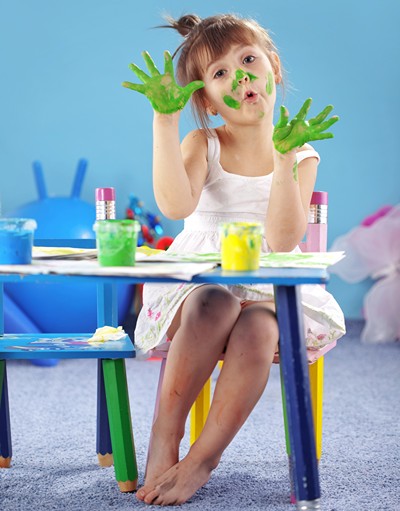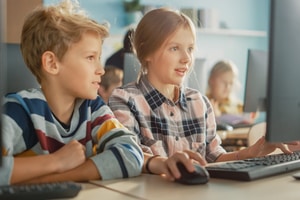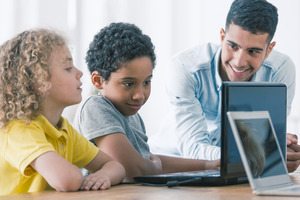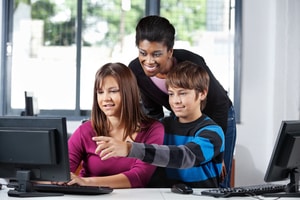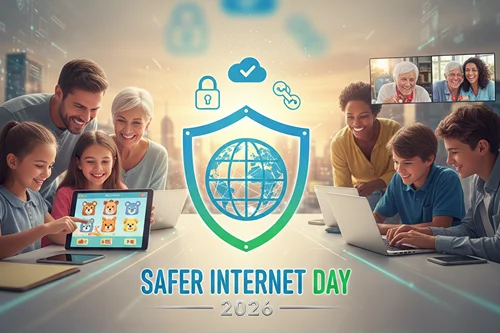The Role of Hands-On Learning in Developing Cognitive Skills in Early Childhood
Early childhood is a critical period for cognitive development, where the foundation for future learning and problem-solving abilities is established. Children are exceptionally receptive to new experiences and stimuli during these formative years.
Hands-on learning, which involves active participation and direct interaction with the environment, plays a crucial role in nurturing cognitive skills in young children. This approach to learning engages multiple senses, promotes exploration, and enhances critical thinking.
Join us as we explore the various ways hands-on learning contributes to cognitive development in early childhood.
The Science Behind Hands-On Learning
Research in cognitive development supports hands-on learning, also known as experiential learning. When children engage in tactile experiences, they activate multiple areas of the brain simultaneously. This multisensory engagement strengthens neural connections, fostering a deeper understanding of concepts. Unlike passive learning, where information is simply absorbed, hands-on learning and hands-on activities encourage children to experiment, observe, and draw conclusions, which enhances memory retention and cognitive flexibility.
Role-Playing and Pretend Play
Role-playing and pretend play are powerful tools in hands-on learning. These activities allow children to explore different scenarios, roles, and perspectives, which promotes cognitive flexibility and social understanding. When children engage in pretend play, they use their imagination to create narratives and solve problems.
This process enhances their language skills, as they often verbalize their thoughts and actions, expanding their vocabulary and improving communication abilities. Moreover, role-playing helps children understand social roles and relationships, fostering empathy and cooperation.
Nature Walks and Outdoor Exploration
Nature walks and outdoor exploration provide rich hands-on learning experiences that stimulate cognitive development. The natural environment is filled with diverse stimuli that encourage children to observe, inquire, and learn. For instance, examining leaves, insects, and rocks can teach children about biology and geology, while observing weather patterns can introduce basic concepts of meteorology.
Outdoor activities also promote critical thinking and problem-solving as children navigate through different terrains, build structures with natural materials, and explore cause-and-effect relationships in their surroundings.
Building and Constructing
Building and constructing activities, such as playing with blocks, Legos, or other construction toys, are excellent for developing spatial awareness and fine motor skills. These activities require children to think about shapes, sizes, and how different pieces fit together, which enhances their understanding of spatial relationships and geometry. As children build structures, they also learn about balance, symmetry, and stability, which are fundamental concepts in physics and engineering. Additionally, manipulating small pieces helps develop fine motor skills and hand-eye coordination, which are essential for writing and other precise tasks.
Sensory Play Activities
Sensory play activities involve engaging the senses of touch, sight, smell, taste, and hearing, which are crucial for cognitive development. Activities such as playing with sand, water, clay, or sensory bins filled with various textures can enhance sensory perception and integration. Sensory play helps children develop fine motor skills by scooping, pouring, and manipulating materials. It also encourages scientific thinking as children explore different properties and behaviors of materials, such as viscosity, malleability, and buoyancy. Those with a childhood education degree understand how sensory play fosters early scientific inquiry and problem-solving skills in children.”
Moreover, sensory play can be calming and help regulate emotions, contributing to overall cognitive and emotional development.
Parent-Child Interactive Games
Interactive games played with parents or caregivers offer valuable hands-on learning experiences that strengthen cognitive skills and the parent-child bond. Games like puzzles, board games, and matching games require children to use critical thinking, memory, and problem-solving skills.
These games also promote social skills as children learn to take turns, follow rules, and collaborate with others. The interaction with parents during these games provides children with immediate feedback and guidance, enhancing their learning experience and reinforcing positive behaviors.
Integrating Technology with Hands-On Learning
While hands-on learning emphasizes direct interaction with physical objects and the environment, integrating technology can complement and enhance this approach. Educational apps and gadgets designed for young children can provide interactive and engaging learning experiences.
For instance, augmented reality (AR) apps can bring stories and lessons to life, making abstract concepts more tangible and understandable. Robotics kits and coding games can introduce children to basic principles of programming and engineering in a hands-on manner. However, balancing screen time with physical activities is essential to ensure holistic cognitive development.
Balancing Screen Time with Hands-On Activities
In conclusion, hands-on learning is a vital component of cognitive development in early childhood. Activities that involve role-playing, outdoor exploration, building, sensory play, and interactive games engage multiple senses, promote critical thinking, and enhance problem-solving skills.
While technology can be a valuable tool in complementing hands-on learning, it is crucial to maintain a balance between screen time and physical activities. By providing children with diverse hands-on learning experiences, parents and educators can foster a rich environment that supports cognitive growth, curiosity, and a lifelong love of learning.
Last Updated on June 18, 2025 by SafeSearchKids Editorial Team

